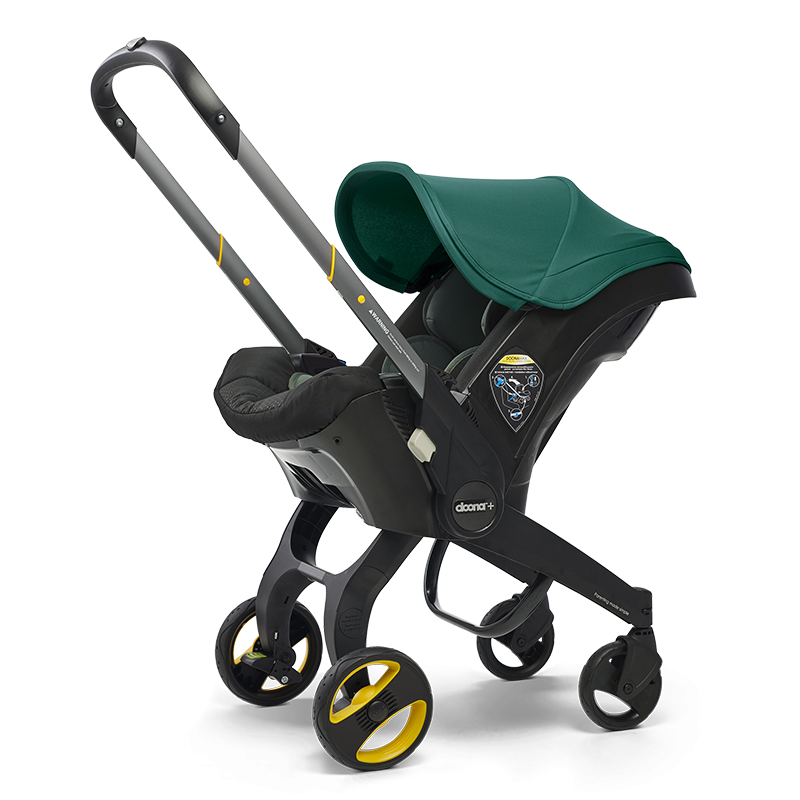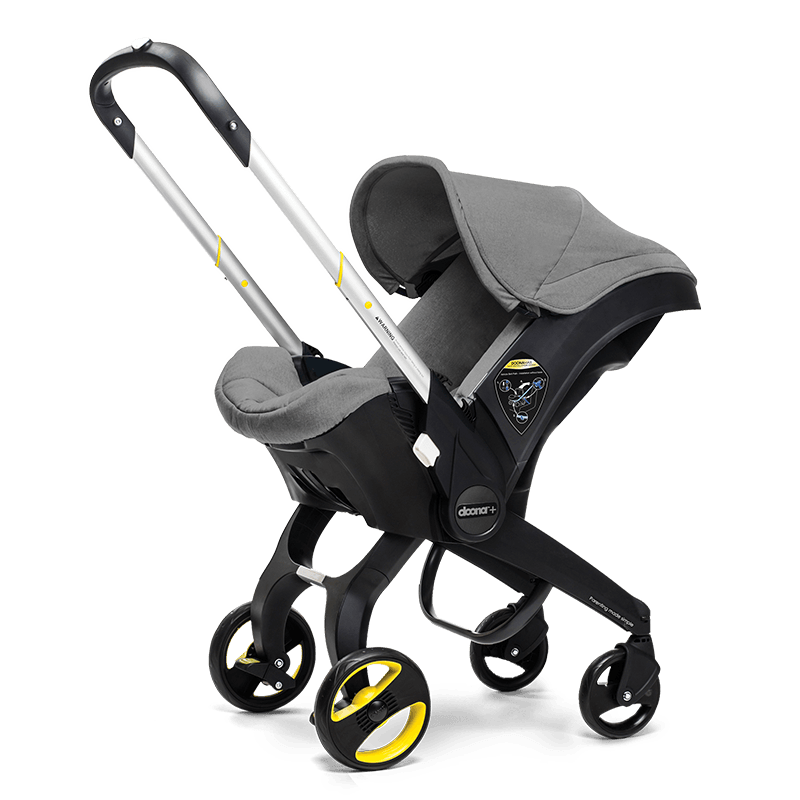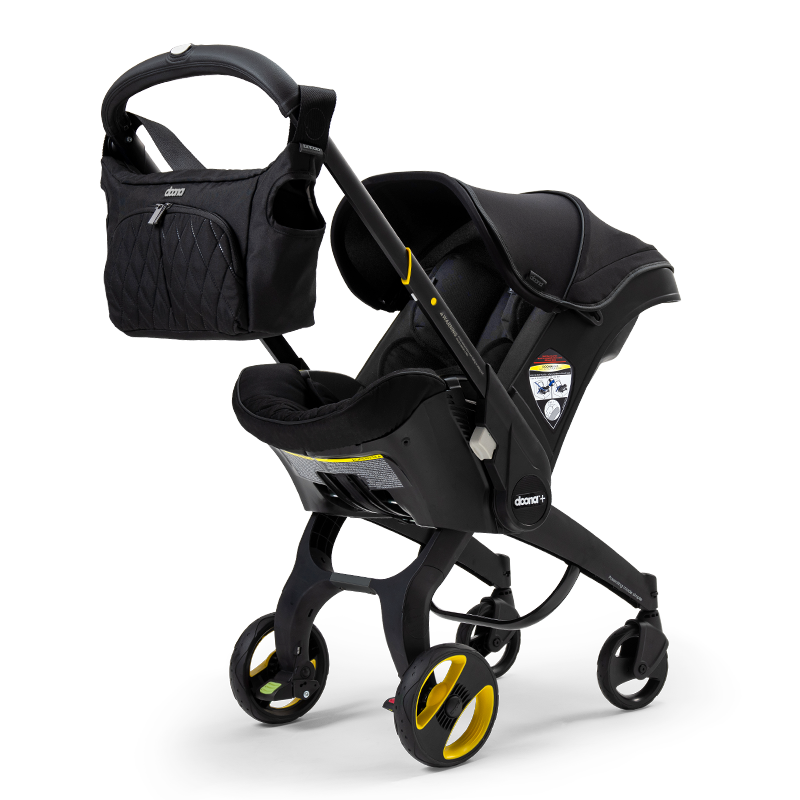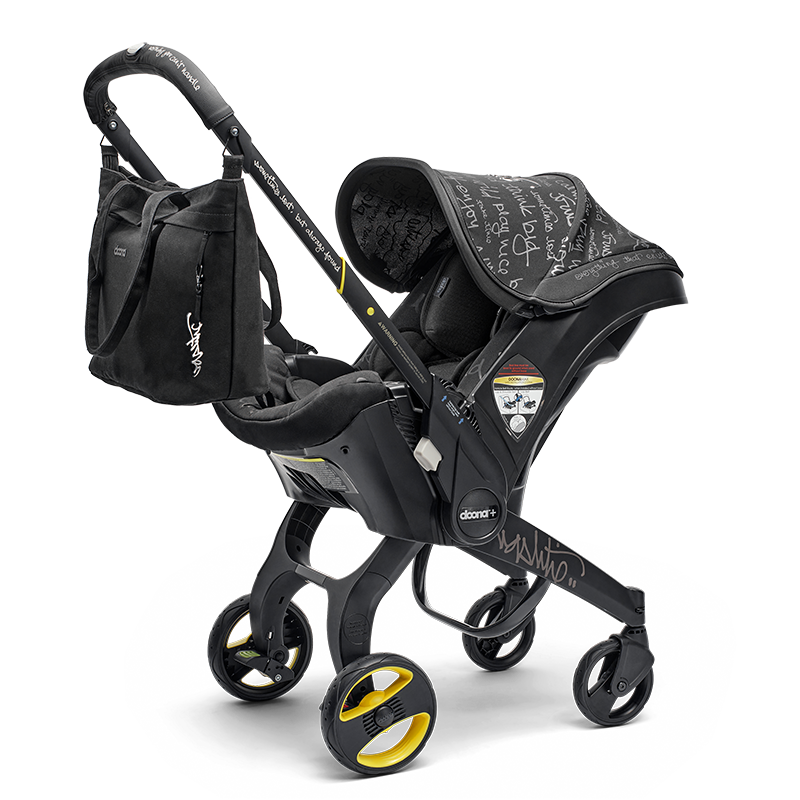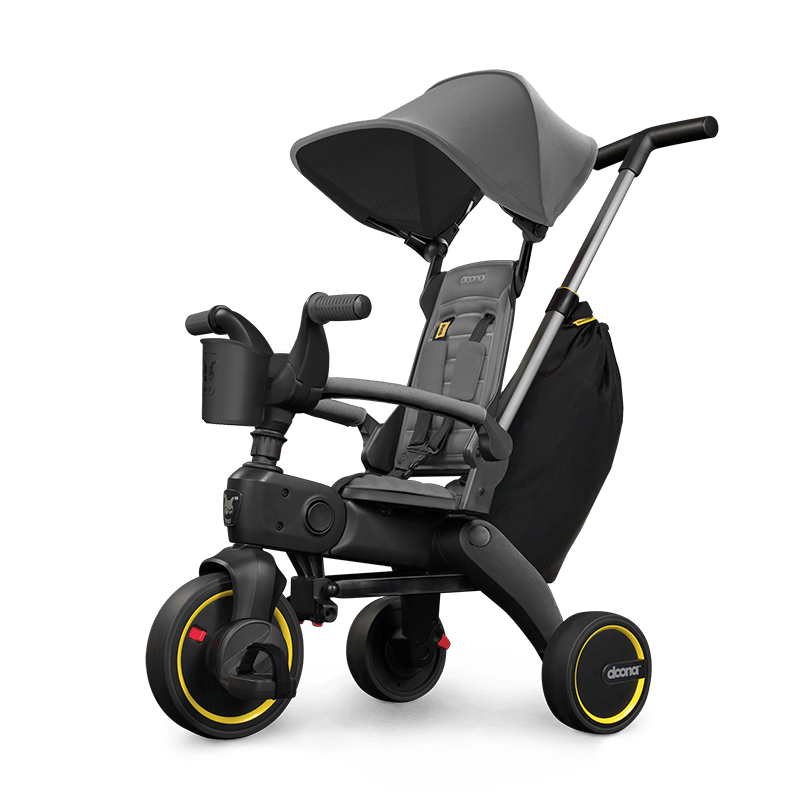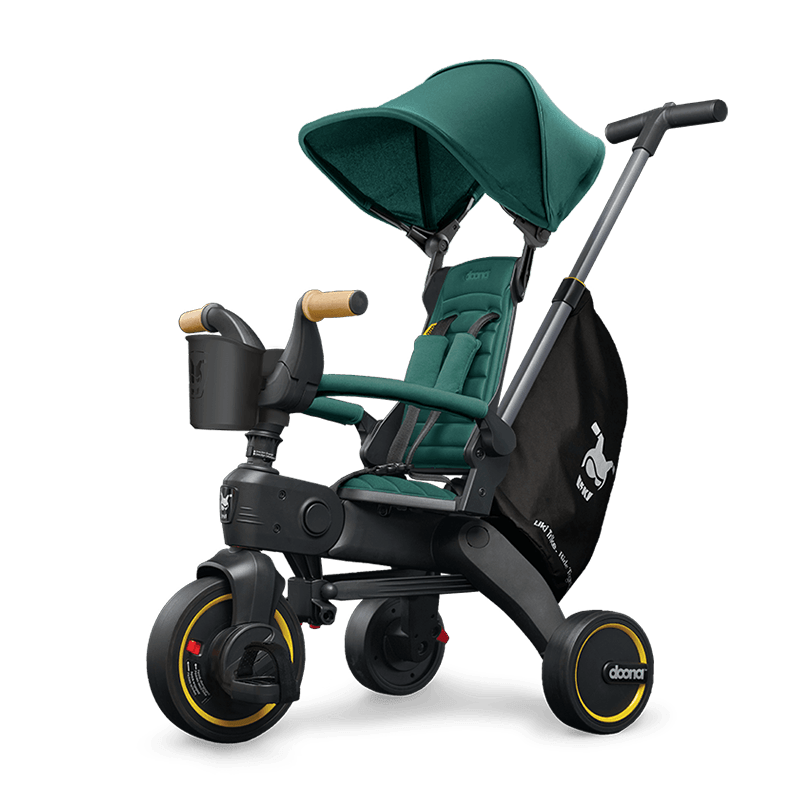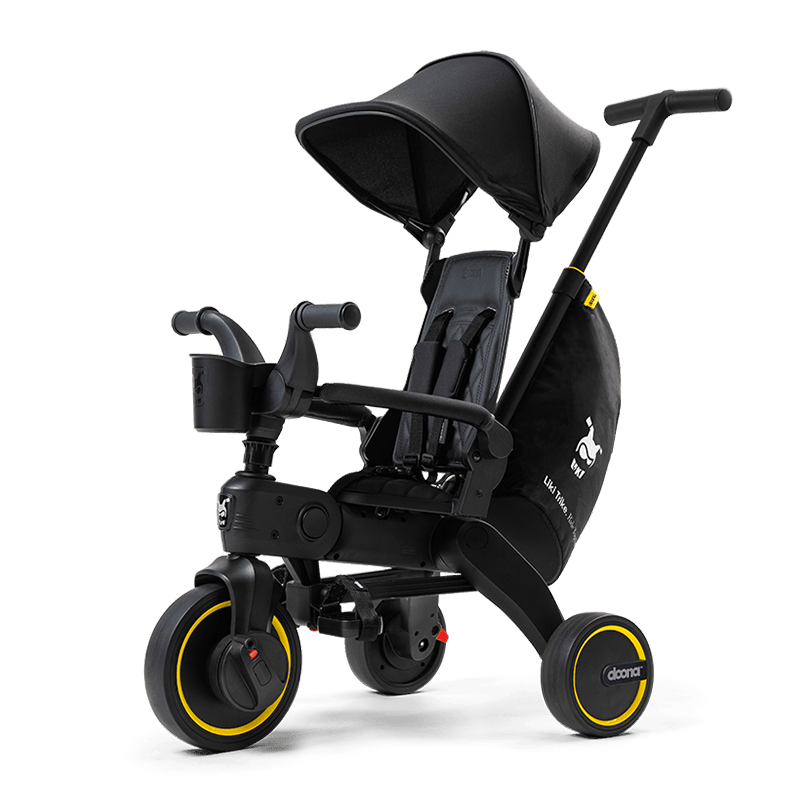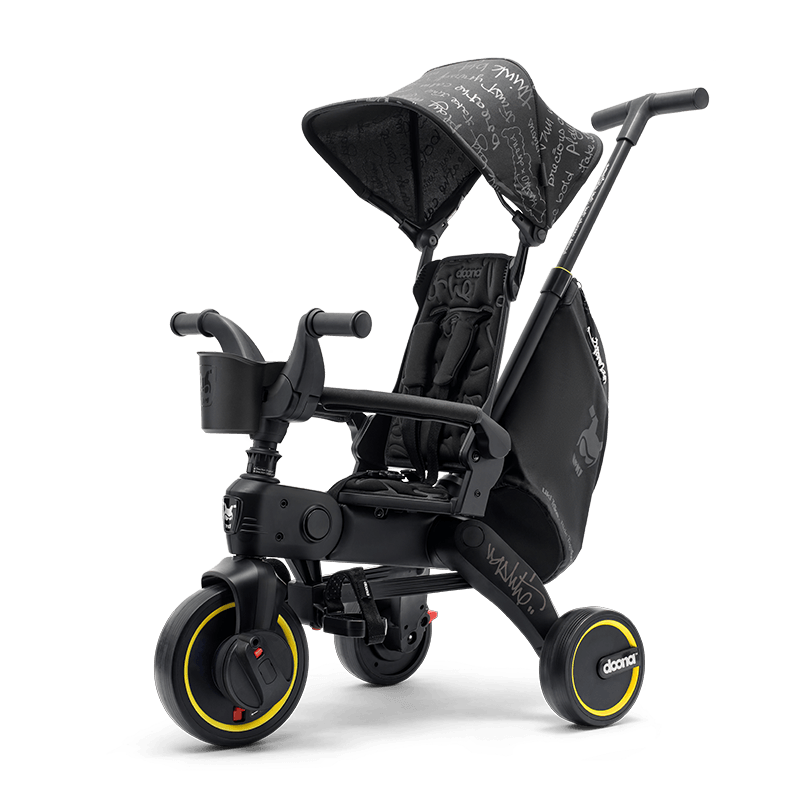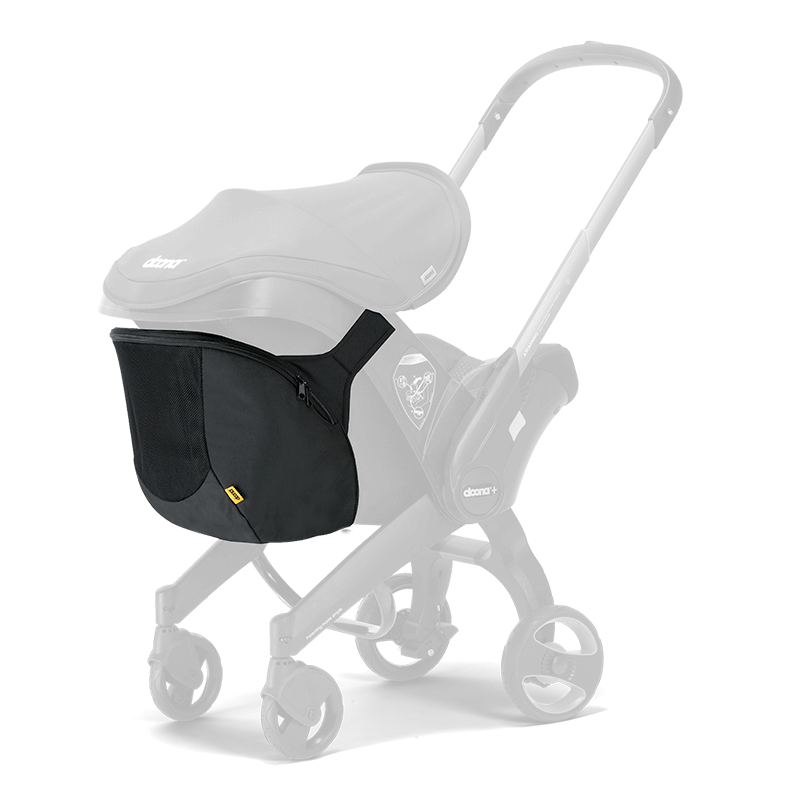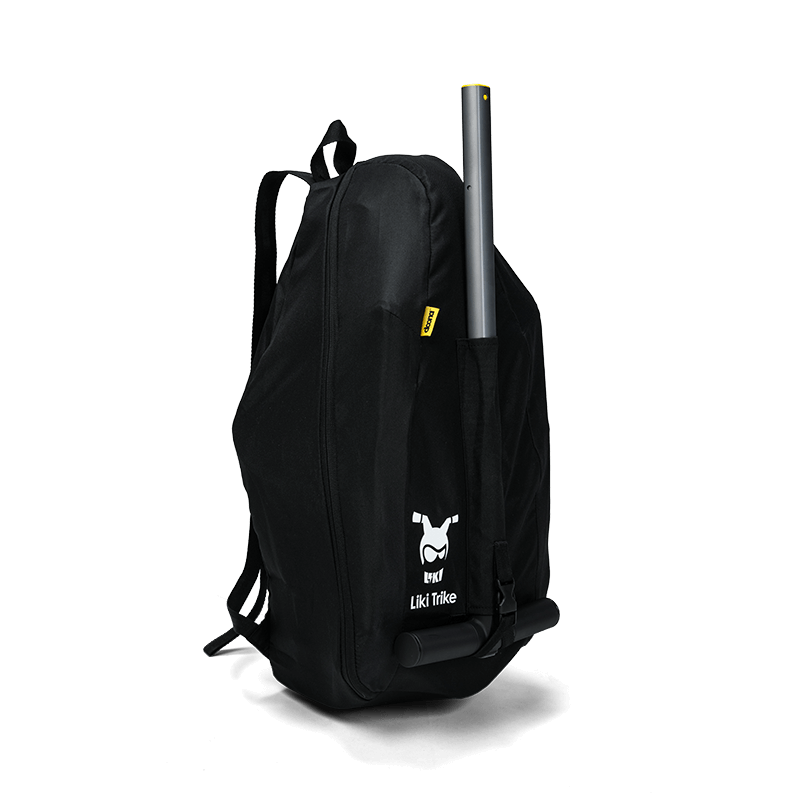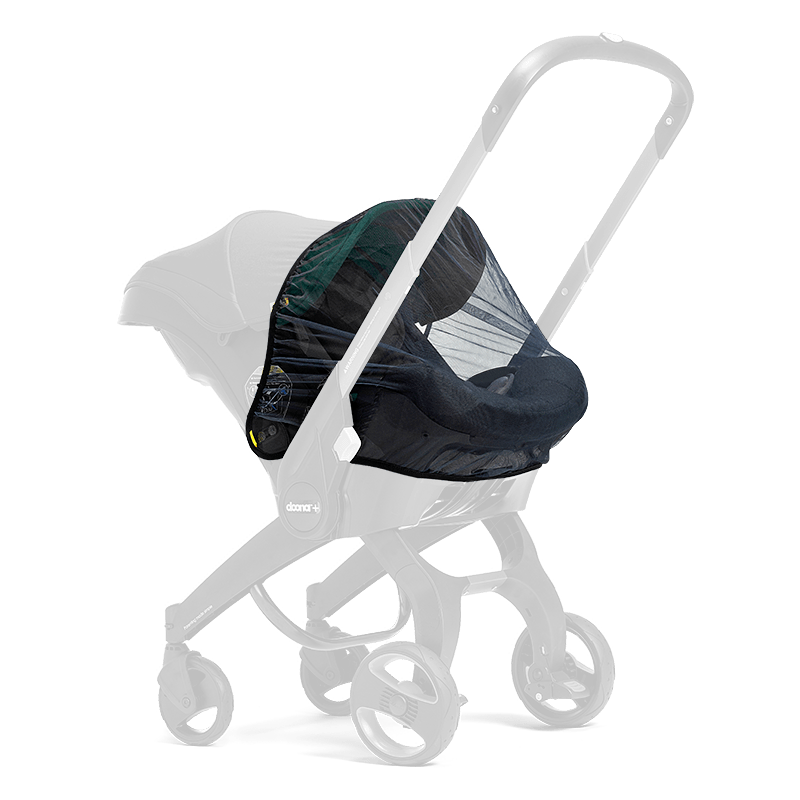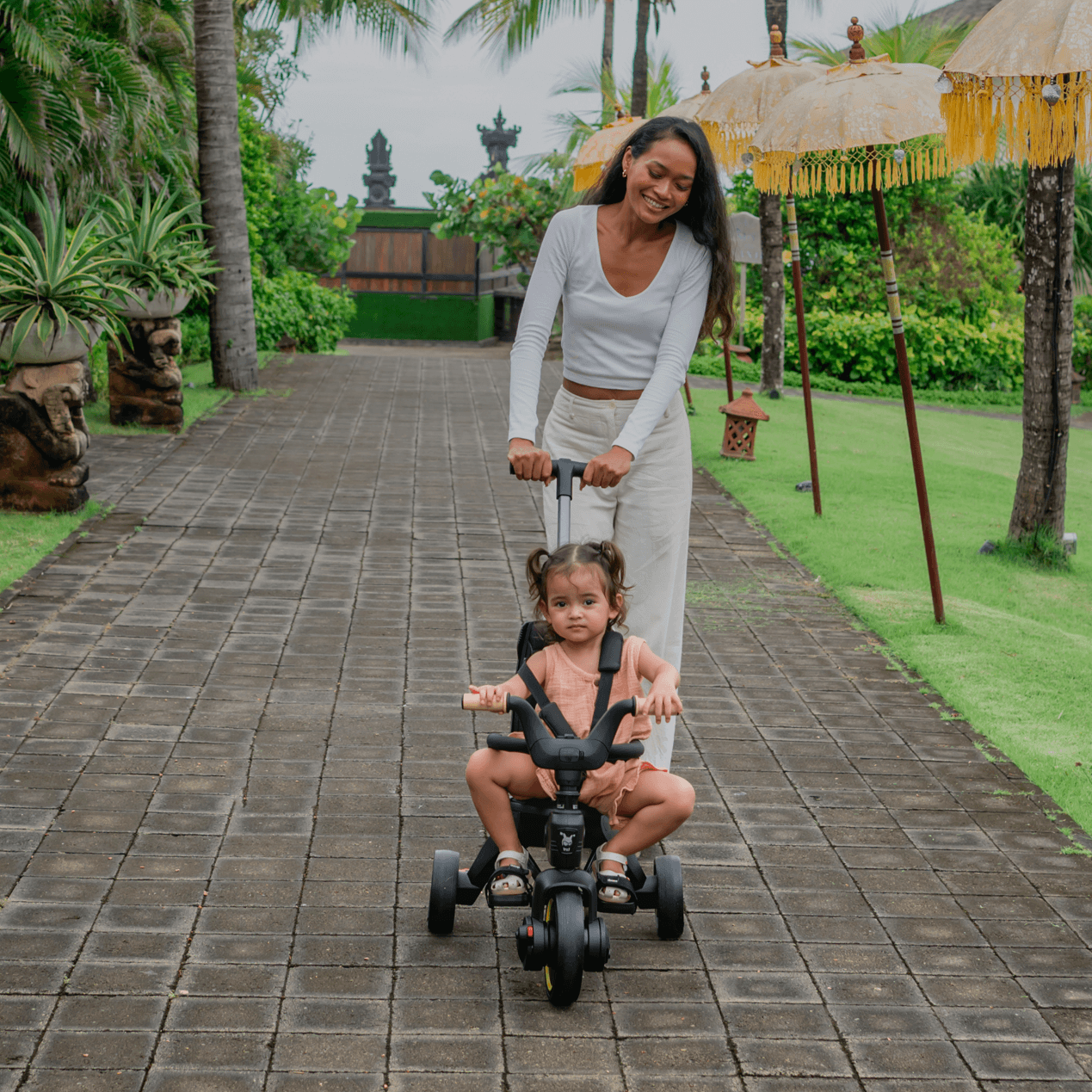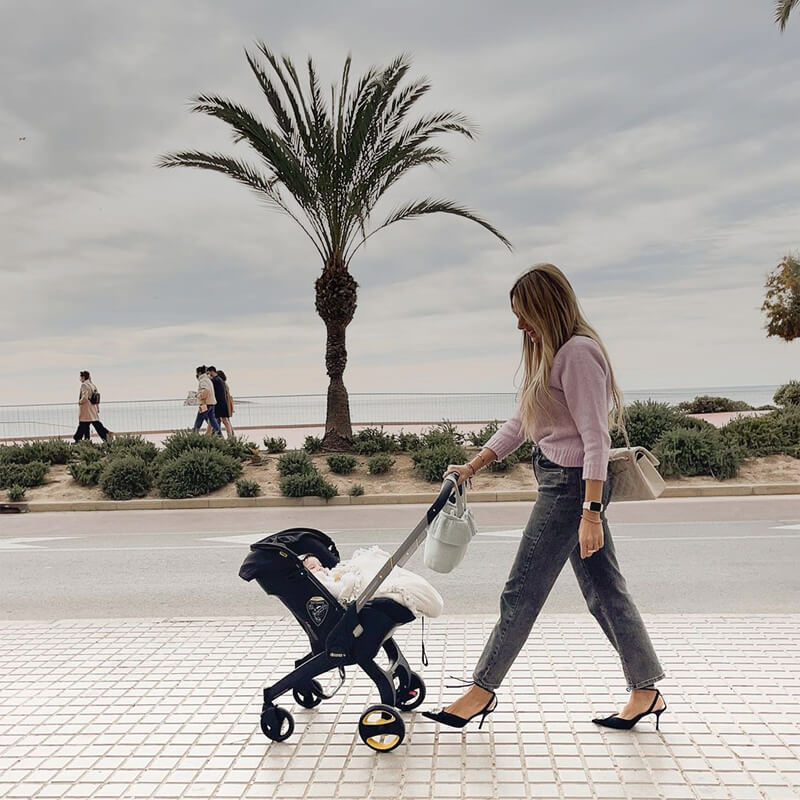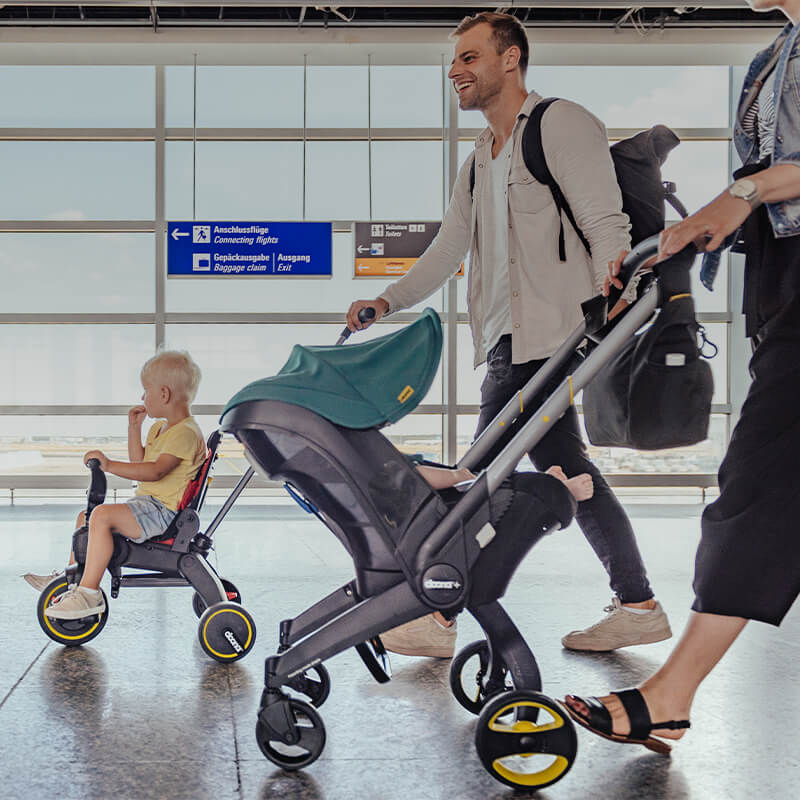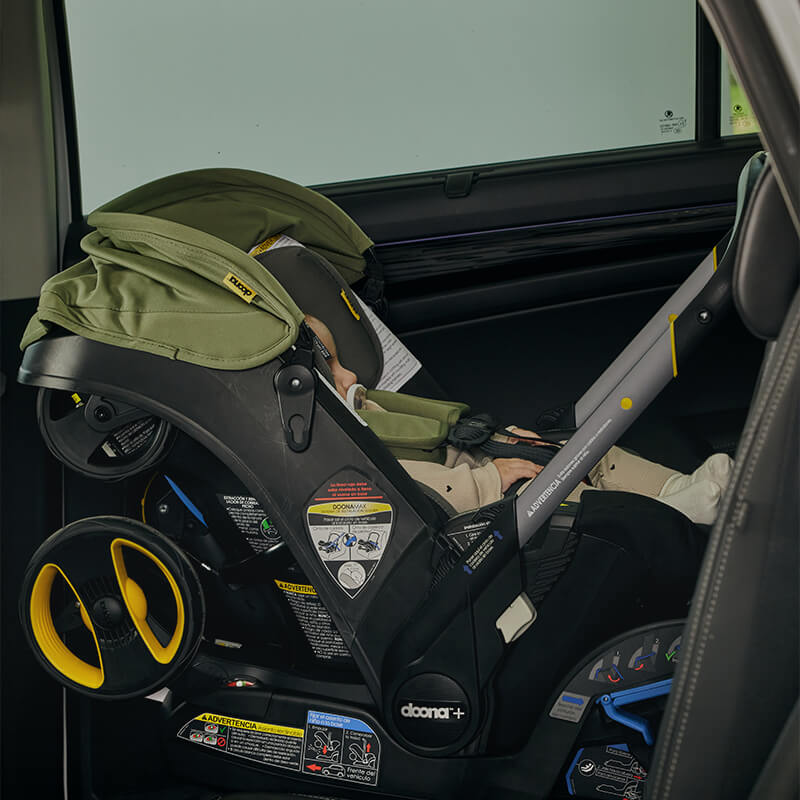Insights on car seat safety tips with Michelle Pratt
One of the most intimidating purchases facing parents-to-be is the all-important car seat. With so much at stake regarding little ones’ safety, and so many models to choose from, it can be tough to find the safest infant car seat out there. But it doesn’t stop there — once you do land on the model for you, you’ll have to then learn how to use it properly.
To help you keep your baby as protected as possible, we recently sat down with Michelle Pratt, owner and operator of Safe in the Seat, an online resource for parents looking for guidance on all things car seats. Michele has a wealth of experience in the field, and wanted to share her most important car seat safety tips.
Q: What is the most frequent question you get asked about car seat safety?
A: I’m asked all the time, “what car seat is the safest, or what car seat is your favorite.”
Q: What is the most important factor when selecting a car seat?
A: YOU! And I mean that in a lot of different ways. The safest and best car seat is the one you can install and use correctly on every ride. There's a lot that goes into making that decision which is why it's both the most common question and the most difficult to answer. Every person, child, vehicle, lifestyle, and passenger needs vary, and each should be considered when selecting your child's car seat!
Q: Do you think it is better to start with an infant car seat or a convertible car seat?
A: Great question! I'm asked this one all the time. I almost always recommend starting with an infant car seat.
Infant car seats are designed for infants! That means your infant's body is properly supported so their airway remains open and their fragile body is protected in the event of a crash. This stage car seat is designed and crash tested just for their stage of development. Because infants don't have head or neck control, parents must get harnessing and installation spot-on, and an infant car seat makes both of these easier from the first ride.
Beyond that, other convenience factors like a pre-installed base and portability are great reasons to start with an infant car seat. And even though your baby uses an infant car seat for the least amount of time, I'm a huge fan of making the logistics of newborn life as easy as possible for new parents. It is hard to beat the convenience and safety features of an infant car seat.
Q: What are your top tips for car seat safety?
A: It's difficult to hone in on just a few top tips. When it comes to car seat safety, it's really about the total package and how everything works together to keep your child safe in the seat. I think that's why car seat safety is such a confusing and challenging thing for parents and caretakers. There are a zillion moving parts, and each needs to be in lockstep. If I had to narrow down my top tips, I'd want all parents to know these five things:
1. It's harder than you think! Study after study proves car seats are not common sense, and it's that very misconception that is putting kids in danger. I keep trying to bust that myth. Safe in the Seat is all about creating a loving community of people who proudly admit they don't know what they don't know and aren't afraid to learn something new every day that can save them from wondering "what if or if only I would have known."
2. Practice, practice, practice installation and harnessing before your baby arrives.
3. Be sure you're asking the right people the right questions. I love my mom tribe and lean on them for so many things. You wouldn't ask your OBGYN how to change the oil in your car just because they have one, and you wouldn't ask your auto mechanic to give you a pelvic exam just because they have one. When it comes to car seat safety, it's life and death stuff. I always encourage people to be sure they’re asking for guidance from a current, nationally certified child passenger safety technician – like me!
4. Your child's body will grow and develop over time and this means their car seat needs to grow and evolve right along with them. It's not a one-and-done thing. There are tons of adjustments that need to be made to your child's car seat so it fits like a glove through every step of their development.
5. Keep your kids rear-facing as long as possible. Car seat safety isn't a race to the finish line. I love helping parents and caretakers understand "the why," especially when it comes to the importance of not turning kids forward facing before it's necessary or moving to the next stage car seat before it’s time. My experience has been that when parents understand the problem, the solution makes so much more sense. And, the decision to move onto the next stage of car seat is all about safety and science, not parental preference!
Q: Are certain car seats safer than others?
A: All car seats on the market, sold by reputable retailers, undergo the same standard crash tests. Some car seats do offer added safety features like a load leg or an anti-rebound bar.
Here’s the thing, as a nationally certified child passenger safety technician, I always tell parents and caregivers it's so much more important to know HOW to properly use your child’s car seat than the car seat itself. You can purchase an expensive car seat and make critical misuses that will endanger your child's life. You can purchase an inexpensive car seat and nail every adjustment, do your research, get harnessing and install spot-on and in my opinion, you're way better off.
Q: Where in the car is the best place for the car seat?
A: Another great question with another complicated answer. In my latest course, I take people through a step-by-step process to figure out this exact question. There's lots of back and forth and a series of key compatibility concerns to be on the lookout for when thinking about the best place to park your child's car seat.
I always suggest starting with the middle seat and then rule it in or out based on several factors. For example, beyond vehicle and car seat compatibility, I always want lifestyle, family, and other passengers to have a say in the matter. This decision comes from a mash-up of several factors, and then you test the ideal location out by getting hands-on and seeing if you can check all the boxes of a secure installation.
I wish it were as easy as me being able to answer this question directly, but there are so many things to think about, and it's why I made this decision process part of my new online course.
Q: Why shouldn't you buy a used car seat?
A: Car seat damage isn't always visible to the naked eye. While a car seat may look safe on the outside, structural damage may not be detectable. Car seats that have been in an accident, stored improperly, traveled under a plane without the proper protection, or any number of other factors can impact the car seat's integrity and functionality.
Since car seats are life saving devices and the single most important purchase you make for your child, I always recommend parents purchase them brand new and try to find other areas to cut costs or compromise.
At Doona, we’re all about safety. That’s why our car seat & stroller combo features a double wall structure for extra protection, an anti-rebound bar, and an infant insert and head support. So you can get through all your daily adventures with your little one right by your side, always safe, and always secure.
